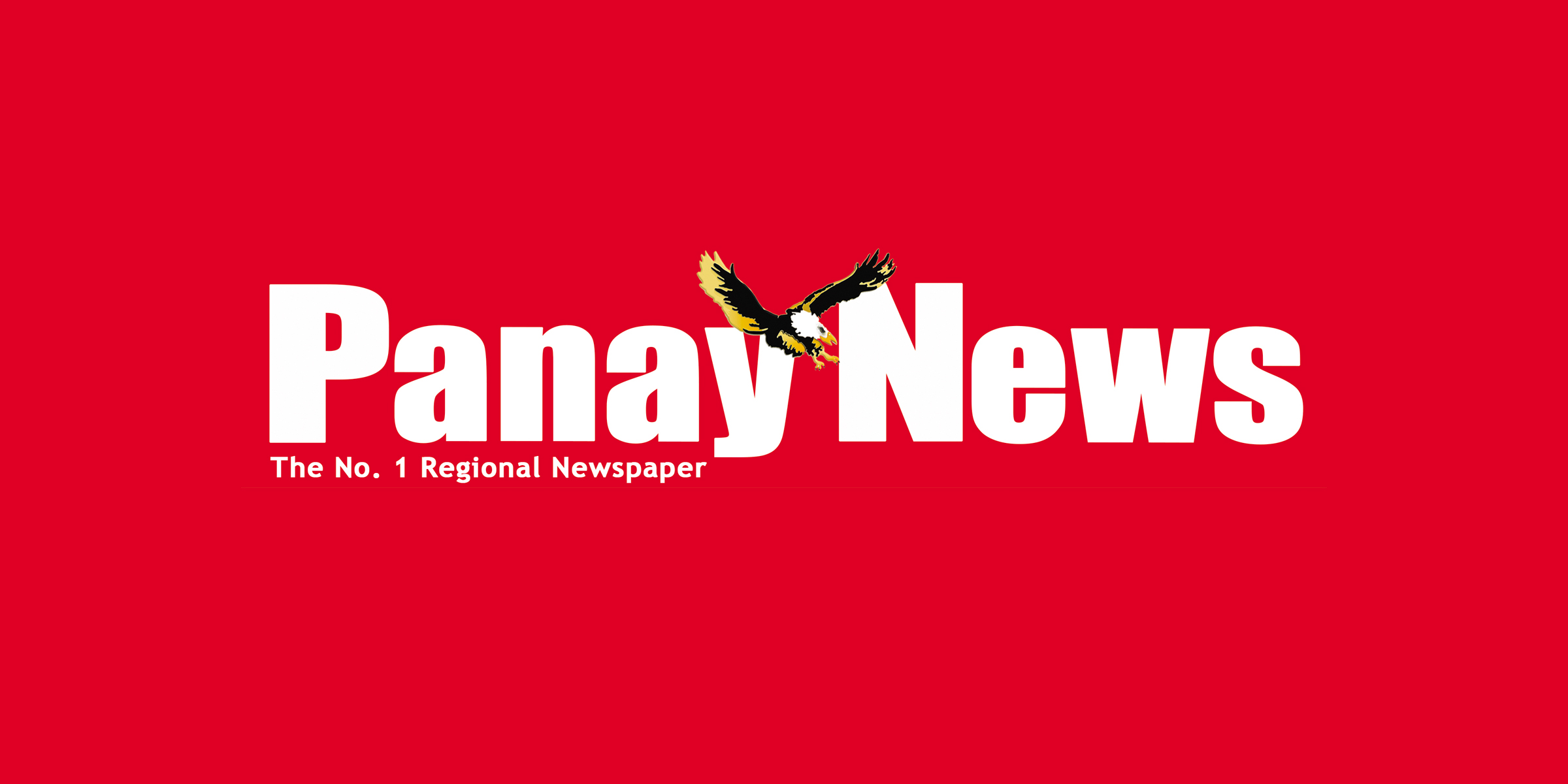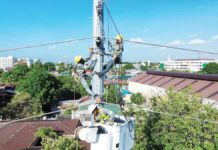
[av_one_full first min_height=” vertical_alignment=” space=” custom_margin=” margin=’0px’ padding=’0px’ border=” border_color=” radius=’0px’ background_color=” src=” background_position=’top left’ background_repeat=’no-repeat’ animation=”]
[av_heading heading=’2,250 undergo drug rehab in Region 6′ tag=’h3′ style=’blockquote modern-quote’ size=’30’ subheading_active=’subheading_below’ subheading_size=’18’ padding=’10’ color=” custom_font=” av-medium-font-size-title=” av-small-font-size-title=” av-mini-font-size-title=” av-medium-font-size=” av-small-font-size=” av-mini-font-size=” admin_preview_bg=”][/av_heading]
[av_textblock size=” font_color=” color=” av-medium-font-size=” av-small-font-size=” av-mini-font-size=” admin_preview_bg=”]
February 19, 2018
[/av_textblock]
[av_textblock size=’18’ font_color=” color=” av-medium-font-size=” av-small-font-size=” av-mini-font-size=” admin_preview_bg=”]
ILOILO City – Less than 10 percent of the nearly 30,000 persons who use drugs (PWUDs) or drug surrenderers in Western Visayas received outpatient or community-based treatment services.
As of Feb. 5, the Department of Health (DOH) recorded 36,863 drug surrenderers from the region’s five provinces and two highly-urbanized cities.
Of these figures gathered since the start of the police’s Oplan Tokhang in 2016, only 6.1 percent or 2,250 of the 10,796 PWUDs who were screened using the World Health Organization (WHO) alcohol, smoking, substance involvement screening test have undergone treatment services, said John Richard Lapascua, DOH senior health program officer.
Local government units, especially barangay antidrug abuse councils (BADACs), play a vital role to harness community participation, said Lapascua.
BADACs identify drug pushers and users in communities.
The screening to determine the level of substance abuse is done after the PWUD surrenders.
Those with low-level addiction are referred back to their communities to undergo one-month general intervention. They are given a complete package of social, physical, emotional, mental and spiritual activities for one month or one session per week.
Those with a mild level of abuse are returned to the BADAC for a four-month rehabilitation, with two sessions per week.
Those with moderate level of abuse undergo a health facility-based rehabilitation for six months with one session per week. They are placed under the care of municipal/city health officers who have completed the intensive outpatient program training.
PWUDs with severe level of abuse have to undergo two years of rehabilitation composed of six months in-patient rehabilitation and 18 months after care.
Western Visayas has two treatment and rehabilitation centers, one at the DOH-run hospital in Pototan, Iloilo and one private-run but is a DOH-accredited facility — “Ang Dalangpan” — in Negros Occidental.
DOH data revealed that in Aklan, 1,525 of their 1,975 PWUDs had been screened but only 815 or 41 percent of those screened availed themselves of treatment services.
In Antique, 865 or 50 percent of its 1,738 drug surrenderers had been screened and 280 availed themselves of treatment.
In Guimaras, 712 of the 747 surrenderers had been subjected to screening and 315 underwent rehabilitation.
Moreover, 48 percent or 3,681 of the 7,595 surrenderers in Iloilo province had undergone screening but as of last week, only 127 availed themselves of rehab services.
In Iloilo City, 973 of its 3,381 surrenderers had been screened and 408 have availed of rehabilitation.
Negros Occidental has 11,868 surrenderers but only 419 had gone through screening and 135 availed themselves of treatment.
In Bacolod City, of the 4,054 who surrendered, only 538 had been screened and 170 have proceeded with treatment.
In Capiz, 2,803 of its 5,505 surrenderers had been screened but none has been either treated or rehabilitated. (PNA)
[/av_textblock]
[/av_one_full]



